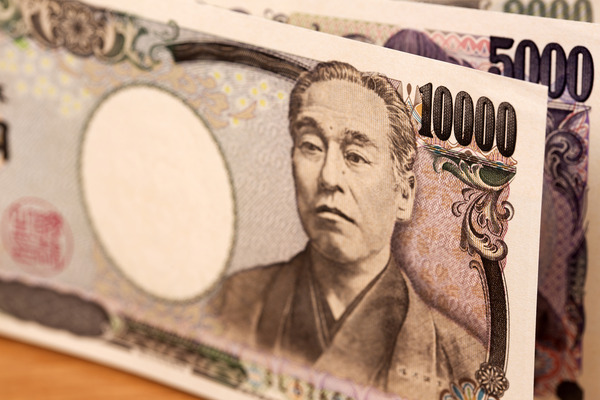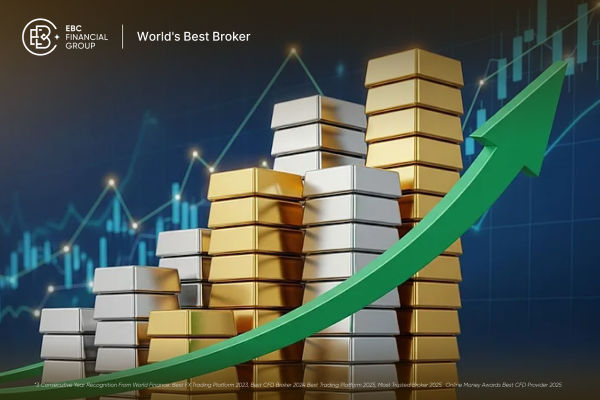The Japanese yen, ¥ and JPY, is Japan's official currency and one of the most traded currencies in the world, often considered a safe-haven currency. Since its creation, the yen has played a big part in the global economy so it's important in international finance and trade.

What is Japanese Yen: History and Creation
The yen was created in 1871 under the New Currency Act during the Meiji Restoration, a time when Japan was modernizing and standardizing its economy and aligning it with the Western world. The word “yen” means “round object” in Japanese, because of the shape of the coins. Before the yen, Japan had a complex currency system based on gold, silver and copper. The government decided to produce silver coins in various denominations which played a big part in establishing yen as the standard unit of currency, replacing the old system based on physical weight. The yen simplified this system and brought stability to the economy.
The yen was initially on the gold standard where the currency was linked to gold. But after Japan went through economic turmoil during the Great Depression and World War II, it abandoned the gold standard in 1931. After the war, the yen was devalued and was pegged to the US dollar at 360 yen per dollar to stabilize the Japanese economy during its post-war reconstruction period. During this time currency exchange services became important for travelers and businesses, providing access to Japanese Yen through banks, ATMs and money changers. This fixed exchange rate lasted until 1973 when Japan adopted a floating exchange rate, where the market forces determine the value of the yen.

History of Japanese Yen
The Japanese yen has a long history that dates back to the late 19th century. The Meiji government introduced the yen as the official currency of Japan in 1871 as part of Japan's modernization. The 1871 New Currency Act defined the yen as 1.5 grams of gold or 24.26 grams of silver and replaced the old Tokugawa coinage and various hansatsu, paper currencies issued by feudal han (fiefs). The yen was initially pegged to the US dollar at 1 USD = 1.5 yen. (Keep keywords: japanese yen, new currency act, us dollar, meiji government)

Bank of Japan (BOJ)
The Bank of Japan was created in 1882 with the power to print banknotes and control the money. The bank was given a monopoly on the money and played a big part in stabilizing the Japanese economy. The Bank of Japan is still the central bank of Japan today and is responsible for issuing banknotes and coins and managing the country's monetary policy. (Keep keywords: bank of japan, japanese economy, money supply)
Value and Exchange Rate
The value of the Japanese yen has changed over the years due to various economic factors. After World War II the yen lost most of its pre-war value and was fixed at ¥360 per US$ as part of the Bretton Woods system. When the system was abandoned in 1971 the yen was undervalued and was allowed to float. The yen has since appreciated and depreciated due to various economic factors including the 1973 oil crisis. Today the yen is one of the major currencies in the forex market and its exchange rate is determined by supply and demand. (Keep keywords: japanese yen, world war ii, exchange rate, forex market)
Japanese Currency Management
The Japanese government has been intervening in the currency since 1973 and the yen is under a managed float. The government uses various tools including interest rates and foreign exchange intervention to manage the value of the yen and the economy. The Bank of Japan also plays a big part in managing the money supply and price stability.
Japanese Economy and Japanese Yen
In the decades after World War II Japan experienced rapid economic growth often referred to as the "Japanese economic miracle". Industries such as automotive, electronics and machinery boomed and Japan became one of the world's biggest economies. The yen's strength reflected Japan's growing economic power as it became one of the world's most stable currencies. The yen is also the third most traded currency in the forex market. By the 1980s Japan became the second largest economy in the world and the yen was one of the major currencies in global trade.
But Japan's economy faced challenges in the 1990s often referred to as the “Lost Decade” when a speculative asset bubble burst. The economy suffered from deflation, slow growth and high public debt. The Bank of Japan (BOJ) introduced low interest rates and other measures to stimulate the economy but recovery has been slow and still a challenge today. The yen is still one of the major currencies in the global market.
Current Coinage
The current coinage in circulation in Japan includes six coins: 1 yen, 5 yen, 10 yen, 50 yen, 100 yen and 500 yen. Each coin has a unique design and features and is made of different metals including copper, nickel and aluminium. The coins are used in everyday transactions and are an important part of the Japanese currency system.
The yen is the third most traded currency in the modern world
Today the yen is a major currency and is often seen as a “safe haven” in times of global economic uncertainty due to Japan's stable political environment and low inflation. This makes the yen an attractive option for investors especially during economic downturns or times of high volatility in other regions. The yen's value moves based on global economic conditions, interest rate differentials between Japan and other major economies and shifts in investor sentiment. Use a currency converter to check current exchange rates and make informed financial decisions.
Japan is still one of the biggest economies in the world but growth has slowed down. To strengthen economic growth, the BOJ ended negative interest rate and accommodative monetary policies in March 2024. It is to accelerate increasing usable income and spending. The BOJ's policies and Japan's huge government debt have created a unique environment where the yen plays a big part in maintaining stability.

Cultural and Global Impact of the Japanese Yen
The yen also has cultural significance in Japan, it's national pride and appears everywhere in daily life and pop culture. Japanese banknotes often feature famous historical figures who have contributed to Japan's society and culture. For example, the 5,000 yen note has Umeko Tsuda, a pioneering women educator who dedicated her life to Japanese women's empowerment. The 1,000 yen note has Shibasaburo Kitasato, a famous bacteriologist known as the “father of modern Japanese medicine”. Past notes have featured writers like Natsume Soseki and scientist Hideyo Noguchi.
Japan also has attractions like museums and financial landmarks to celebrate the yen and the country's economic growth. These will give you a better understanding of the yen.
Globally the yen's impact is felt in international finance and forex markets where it is one of the most traded currencies along with the US dollar and the euro. The yen's movement is closely watched by forex traders, policymakers and businesses worldwide due to its impact on trade balances especially for Japan's major trading partners in Asia and the US.
Summary: BOJ's View
The Japanese yen's story is the story of Japan's transformation from a feudal society to a global economy. Its importance in the global economy remains as Japan's economic policies and the BOJ's monetary policy continue to influence the yen's value in the forex market. The yen's legacy is one of flexibility and strength as it is the backbone of Japan's economy and a symbol of stability in international finance.
Disclaimer: This material is for general information purposes only and is not intended as (and should not be considered to be) financial, investment or other advice on which reliance should be placed. No opinion given in the material constitutes a recommendation by EBC or the author that any particular investment, security, transaction or investment strategy is suitable for any specific person.






























